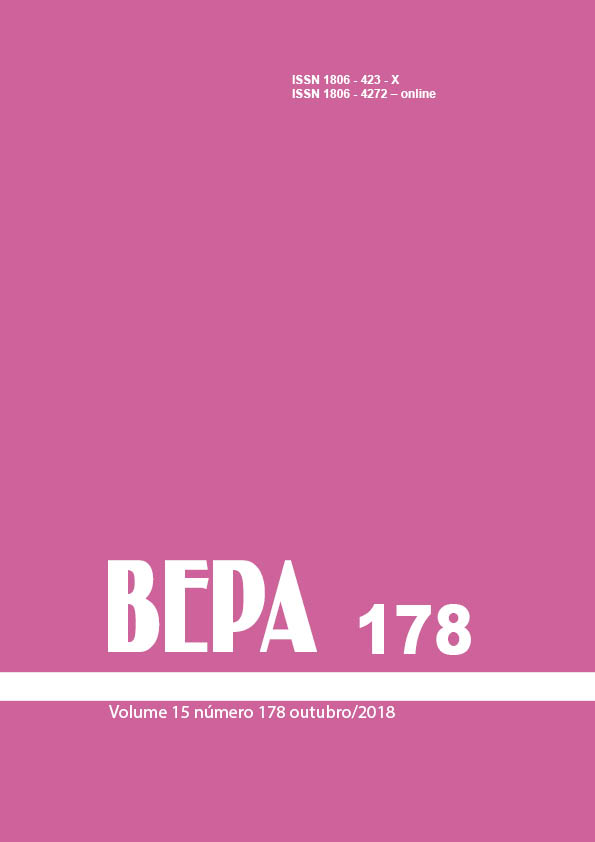Abstract
Strains of Cryptococcus gattii and C. neoformans have the potential to develop fluconazole (FCL) resistance in vitro, which could explain the therapeutic failure and relapses observed in Cryptococcosis patients undergoing therapy with this drug. Heteroresistance is a phenomenon described as the emergence of a resistant subpopulation of small cells within a single colony of a susceptible strain that can tolerate concentrations of FCL higher than CIMs. The objective of this study was to investigate the level of heteroresistance to FCL in 100 strains, including C. gattii and C. neoformans from environmental and clinical origin (one per patient) from 3 culture collections (1987-2013). The CIM was determined by microdilution FCL and the level of the FCL heteroresistance (NHF) was evaluated. Cell suspensions of all strains were inoculated in YPD medium plates containing distinct concentrations of FCL (4 to 128 mg/L). The level of heteroresistance (NHF) of each isolate was determined by the highest concentration of drug allowing growth of heteroresistant subpopulations; from these colonies the highly heteroresistant subpopulations were obtained at sequential higher drug concentrations (up to 256 mg/L). The stability of heteroresistance was analyzed by daily transfer of subpopulations onto culture medium-free drug to revert to the original NHF. The standard strain H99 with known CIM and NHF values was used as control in the heteroresistance test. The FCL-CIMs for the 100 strains varied between 0.12 and 64 mg/L and all 100 strains expressed heteroresistance (NHF between 8 and 128 mg/L) induced up to 256 mg/L. All 13 strains evaluated for stability heteroresistance remained stable up to 9 daily passes at free FCL culture medium. It was observed that the level of FCL heteroresistance was strain dependent and for C. gattii was higher than for C. neoformans. It was found that this adaptive response is stable with hard reversion. The heteroresistance study reveals an adaptive mechanism for survival under stress exposure to FCL and can provide useful information for understanding the resistance observed in patients ongoing long-term azole therapy.

This work is licensed under a Creative Commons Attribution 4.0 International License.
Copyright (c) 2018 Leticia Marielle Feliciano, Marcia de Souza Carvalho Melhem (orientadora)
